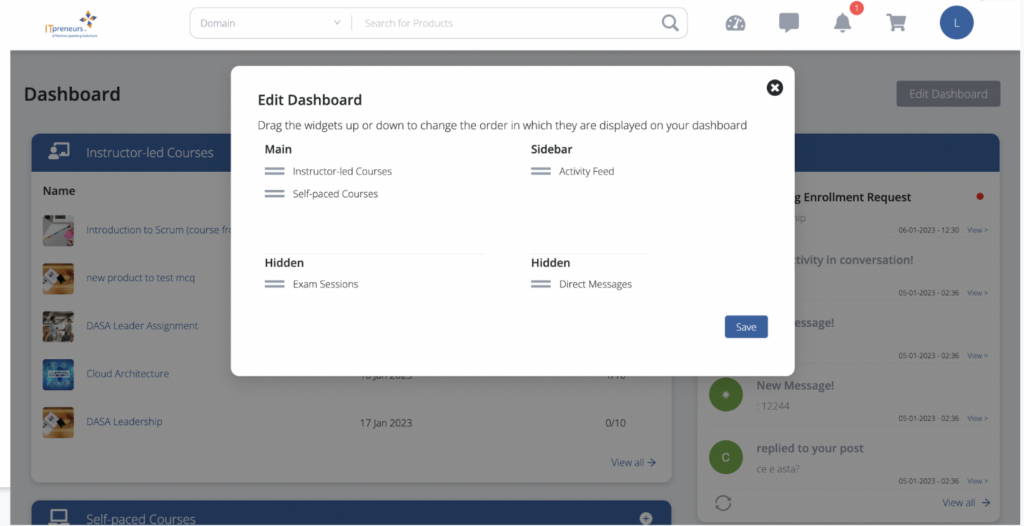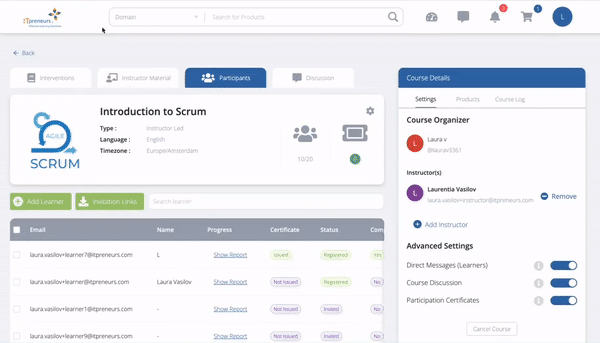Kanban is a lean method based on a highly-visualized pull-based workflow that manages and improves work across human systems by balancing demands with available capacity, and by improving the handling of system-level bottlenecks. The example of a Kanban board is shown in the proceeding figure.
Kanban is a set of principles, practices, and regular activities aimed at developing and managing the predictable, rhythmical, and constant flow of work. When applied properly, it can significantly help with the fast development of high-quality products and services. The pull-based triggering mechanism allows customers to pull work through the value stream. Pull-based working also has the advantage that work is not pushed onto people, burdening them unnecessarily and unproductively. In lean teams, overburden is a form of waste.
The main practices of Kanban include:
- Visualizing work
- Limiting work in progress
- Managing flow
- Making process policies explicit
- Implementing feedback loops
- Improving collaboratively, evolving experimentally
Sometimes organizations are using Kanban boards only, (i.e. visualizing work-in-progress). While this practice is important and allows positive results by itself, it is still a very limited application of Kanban. The power of Kanban is in holistic implementation and constant attention to flow and service.
The Practices
The regular activities in Kanban are usually implemented as cyclical meetings called cadences with different periods for each; the frequency of every cadence is specific to an organization and should be defined and adjusted case by case. The main activities include:
- Strategy review
- Operations review
- Risk review
- Service delivery review
- Replenishment meeting
- Kanban meeting
- Delivery planning meeting
About the author

As an IT Service Management trainer, consultant and line manager with over 25 years of experience in IT, Marcel has performed strategic and tactical assignments in a wide variety of areas. For the ITIL 4 update, Marcel has been part of the ITIL 4 Lead Architect Team and Review Team at AXELOS. Through his association with AXELOS, Marcel comprehends the background, the architecture, and the underlying reasons of the ITIL 4 update.
Related Courseware
Sorry, we couldn't find any posts. Please try a different search.





